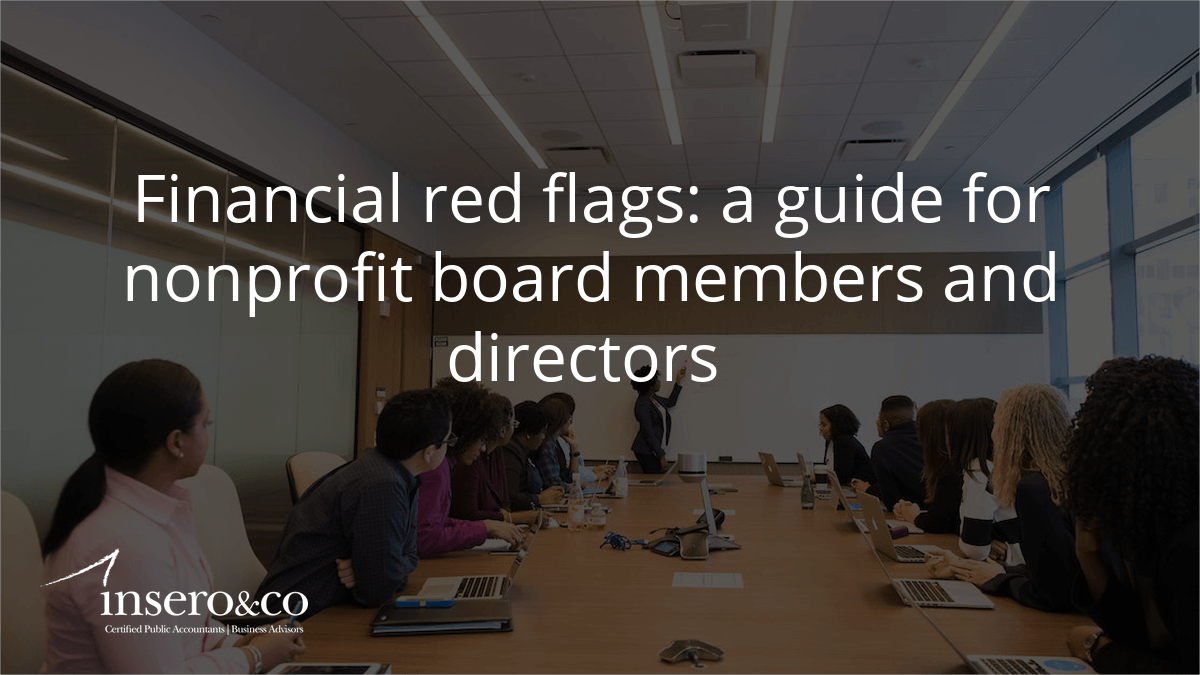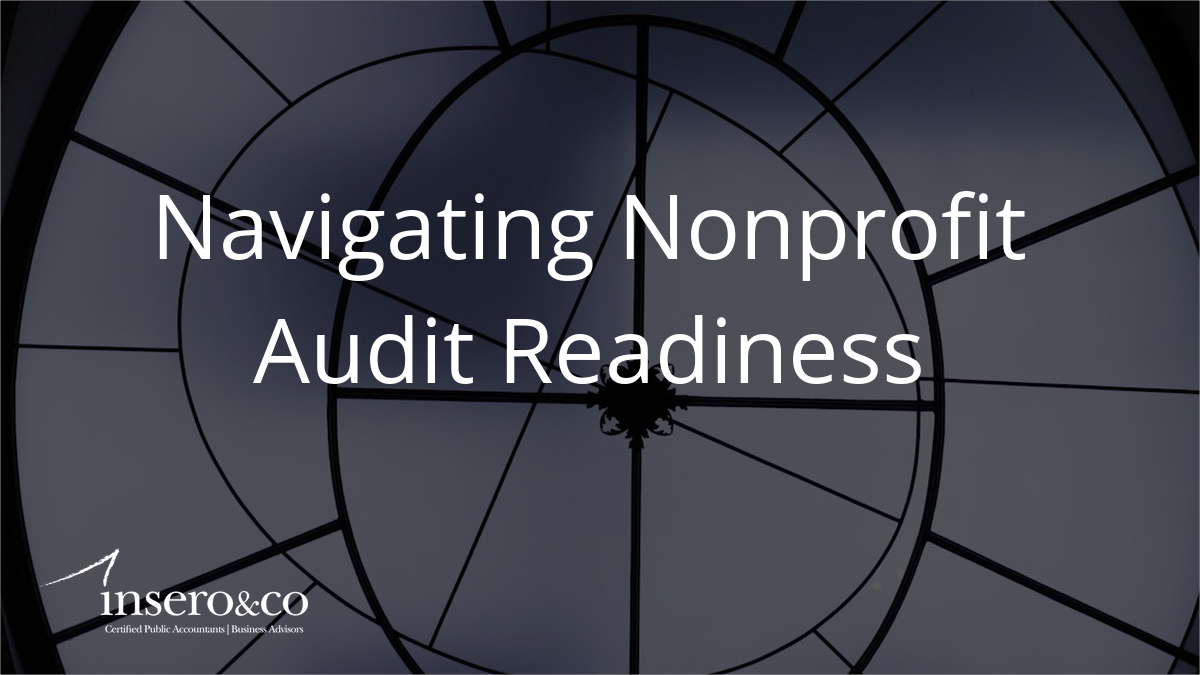ARTICLE | August 16, 2022
For nonprofit organizations, inflation hits doubly hard, with demand for services rising along with the costs of providing those services. In addition, nonprofits often see donor pools dry up as the economy worsens over time. Nonprofits grapple with these challenges along three lines: budgets, reserves and contributions.
Blown out budgets
Most nonprofits budget on annual cycles; depending on the start of their fiscal years, organizational budgets may have been constructed up to 12 months ago in a very different economic context. When these budgets were approved, it is highly unlikely that current levels of inflation were taken into account. This means that most organizations will face higher-than-planned expenses unless they make significant operational changes, which is often difficult in the middle of a fiscal year. Organizations that rely heavily on travel—such as those that present conferences or distribute food—are paying over a third more for flights and over 40% more for gas. Offsetting these price increases requires some combination of additional revenue, reserve spending or a change in operations to reduce services.
Catch-22 for endowments and reserves
An organization with a healthy endowment or operating reserve might typically cover short-term price increases by drawing from those resources to maintain service levels without sacrificing future operations. However, with both stock and bond markets significantly down year to date, additional draws only hinder the long-term success of those investments by locking in the losses of the past year. Therefore, pulling funds out of the market may be an especially difficult pill for nonprofits to swallow.
Contribution instability
Donors, grantors and association members are the lifeblood of nonprofits of all types, so it is important to consider economic impacts on them and the subsequent impact on their philanthropy. Data show that contributions to nonprofits, on average, decrease 0.5% in down economic years, while they increase 4.7% in up years. Foundations are squeezed to the same degree as nonprofit endowments, but they are required to distribute 5% of their net assets annually. Smaller asset portfolios mean that foundations have less to give. Similarly, associations that have members with squeezed budgets may find that their value propositions are less effective in enticing dues renewals and new members.
There is no doubt that current economic struggles are hitting the nonprofit industry hard. Demand for services is high, while revenue is strained, and expenses have risen faster than planned. During recent good years, many nonprofits built rainy day funds and created operating reserve policies. It may be time to tap those funds or utilize those policies while waiting for the sunshine to reappear.
Other top considerations to offset the impact of headwinds facing nonprofits:
Invest in budget and planning tools
These can enhance the nimbleness and frequency of projections.
Be transparent with donors and grantors
Show how rising costs made your programs more expensive than planned, and see if there is an opportunity to raise additional funds or make budget adjustments.
Consider ways to cut long-term costs
Look especially in the back office, and focus on technology upgrades, outsourced services and operational planning.
Focus on the value of communications
Connect with your members and donors throughout the year, not just at renewal times.
Do you have questions or want to talk?
Call us at (800) 232-9547 or fill out the form below and we’ll contact you to discuss your specific situation.
This article was written by Matt Haggerty and originally appeared on Aug 16, 2022.
2022 RSM US LLP. All rights reserved.
https://rsmus.com/insights/industries/nonprofit/challenges-of-inflation-for-nonprofits.html
RSM US Alliance provides its members with access to resources of RSM US LLP. RSM US Alliance member firms are separate and independent businesses and legal entities that are responsible for their own acts and omissions, and each are separate and independent from RSM US LLP. RSM US LLP is the U.S. member firm of RSM International, a global network of independent audit, tax, and consulting firms. Members of RSM US Alliance have access to RSM International resources through RSM US LLP but are not member firms of RSM International. Visit rsmus.com/aboutus for more information regarding RSM US LLP and RSM International. The RSM(tm) brandmark is used under license by RSM US LLP. RSM US Alliance products and services are proprietary to RSM US LLP.

Insero & Co. CPAs, LLP is a proud member of RSM US Alliance, a premier affiliation of independent accounting and consulting firms in the United States. RSM US Alliance provides our firm with access to resources of RSM US LLP, the leading provider of audit, tax and consulting services focused on the middle market. RSM US LLP is a licensed CPA firm and the U.S. member of RSM International, a global network of independent audit, tax and consulting firms with more than 43,000 people in over 120 countries.
Our membership in RSM US Alliance has elevated our capabilities in the marketplace, helping to differentiate our firm from the competition while allowing us to maintain our independence and entrepreneurial culture. We have access to a valuable peer network of like-sized firms as well as a broad range of tools, expertise, and technical resources.
For more information on how Insero & Co. CPAs can assist you, please call (800) 232-9547.




